Below is the data for which I want to plot the PDF. https://gist.github.com/ecenm/cbbdcea724e199dc60fe4a38b7791eb8#file-64_general-out
Below is the script
import numpy as np
import matplotlib.pyplot as plt
import pylab
data = np.loadtxt('64_general.out')
H,X1 = np.histogram( data, bins = 10, normed = True, density = True) # Is this the right way to get the PDF ?
plt.xlabel('Latency')
plt.ylabel('PDF')
plt.title('PDF of latency values')
plt.plot(X1[1:], H)
plt.show()
When I plot the above, I get the following.
- Is the above the correct way to calculate the PDF of a range of values
- Is there any other way to confirm that the results I get is the actual PDF. For example, how can show the area under pdf = 1 for my case.
